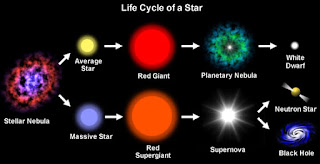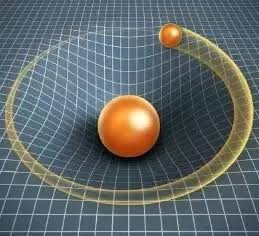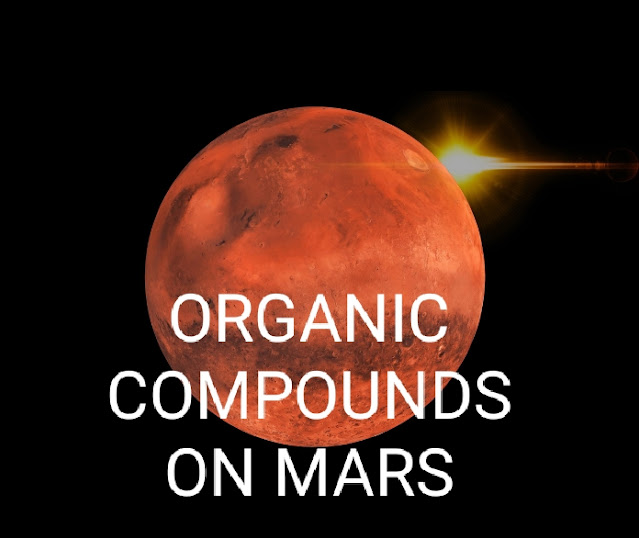LIFE ON TERRESTRIAL PLANETS— PART 1
MERCURY
Mercurian world is one of extremes. 700 kelvin (427°C) on the side exposed to the Sun, yet some areas are never exposed to sunlight and are as cold as deep space. Scientists do not believe that there has ever been life on Mercury. The atmosphere on Mercury is almost non existant. It doesn't protect the planet from the harsh radiation of the Sun or radiation from space, nor does it trap heat and provide a breathable atmosphere. Mercury is inhospitable and sterile.
In order for life to exist, Mercury would need to have temperatures that allowing liquid water to remain on its surface for long period of time. But the temperatures on Mercury extend from just above absolute zero when the surface is shadowed to 700 Kelvin when its in sunlight. Liquid water just cant exist in that kind of environment.
Any ancient life on Mercury would have faced many extinction events. Here on Earth many past life forms have been destroyed by asteroid impacts. The dinosaurs are a classic example. Images of Mercury's surface returned by the Mariner 10 and MESSENGER spacecraft have shown that the surface has suffered many large impacts. In fact, it was heavily bombarded during the Late Heavy Bombardment that occurred about 3.9 billion years ago. Any one of those impacts could have destroyed any life on the planet. Many scientist believe that a great deal of the planet's surface was stripped away by one impact. If the impact removed a large portion of the surface, shortly it would have taken any life that existed at the time with it.
All the evidence that science has do date indicates that there has never been life on Mercury and never will be. The harsh conditions on the planet's surface and the tenuous atmosphere make it impossible for any life form known to man to exist.
Background
Mercury comet the smallest of all the terrestrial planets coma orbits at an average distance of 0.39 AU from the Sun, within orbital period of 88 days and a rotation period of 59 days.
Its diameter is about one-third of the Earth's, and its mass about 5% of the Earth's. The high density of Mercury comes from the fact that it has a large iron core, which occupies about 75% of the planet's volume. The core is responsible for the generation of Mercury's is magnetic field.
Most of our knowledge regarding Mercury comes from three and counters by the Mariner 10 mission in 1974-1975. Images taken by the spacecraft revealed a barren, heavily-cratered surface.
Environment
Mercury is a very hostile environment: temperatures range from 400°C during the day time to –179°C at night. It has a very thin atmosphere of oxygen, sodium and helium, but the low gravity means that this atmosphere is continually evaporating and being replenished by incoming material from the Solar wind. The lack of a thick atmosphere accounts for the heavily-cratered surface of the planet.
Surprisingly, radar observations of Mercury taken in 1991 showed the presence of highly-reflective regions at the planet's north pole with the signature of ice at low temperatures. Many scientists now believe that ice can survive in steep-sided craters on Mercury's poles, where it is shielded from direct sunlight and therefore escapes being evaporated. It is thought that the ice may have arrived there from cometary impacts, or from the outgassing of water vapour from the planet's interior.
Prospects Of Life
Even do ice may exist on Mercury, the prospects for life are poor. Any ice which reached high enough temperatures to thaw would instantly evaporate and be lost into space. Furthermore, the proximity of Mercury to the Sun means that the levels of UV radiation are probably too high for life to survive there. To date, there is no evidence for life on the planet.
APPLE WATCH SERIES 6— click here
Benefits of EXERCISE— Click here
To buy PANTRY ITEMS at great deals, TAP











That's gud one
ReplyDelete